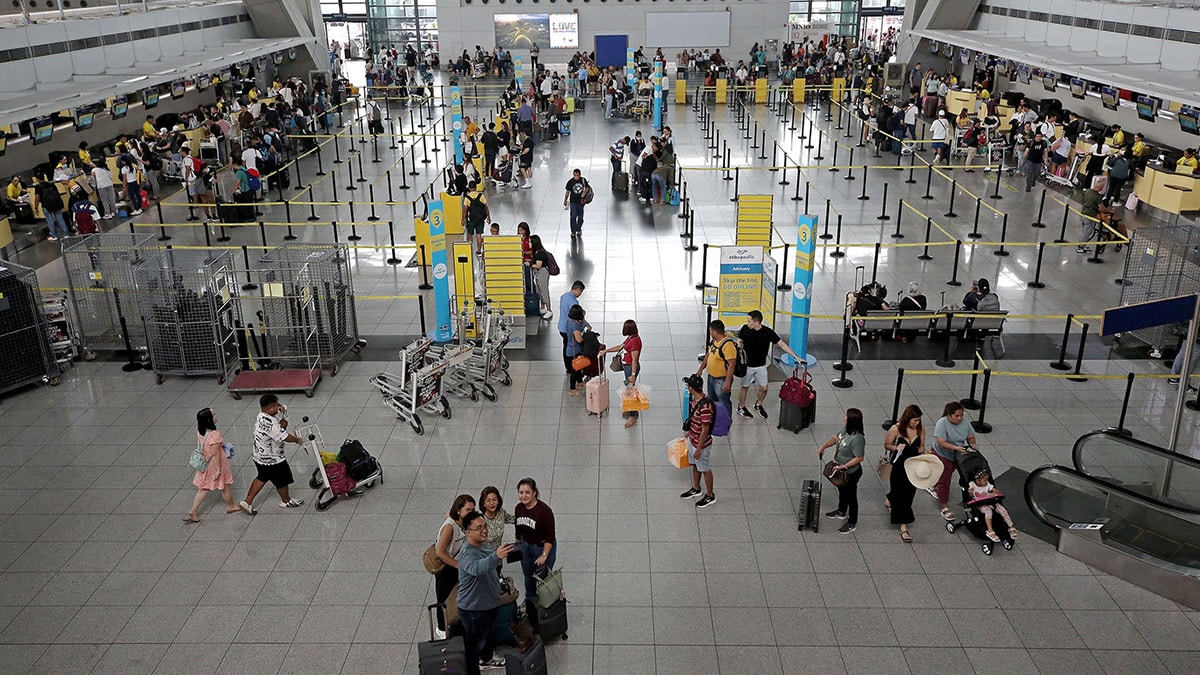Record high: Naia passengers topped 50M in 2024

Ninoy Aquino International Airport Terminal 3. —Filel photo by Richard A. Reyes | Philippine Daily Inquirer
MANILA, Philippines — Ninoy Aquino International Airport (Naia) ended 2024 with record-breaking passenger volume, proving that the aviation sector has fully spread its wings since the pandemic-induced lockdowns clipped them a few years ago.
In a statement on Thursday, San Miguel Corp.-led New Naia Infra Corp. (NNIC) reported that passenger volume had risen 10.43 percent to 50.1 million last year, which is markedly higher than the 35-million annual capacity of the airport.

The latest figure surpassed prepandemic passenger volume by 5.08 percent.
The country’s primary gateway facilitated 293,488 flights last year, showing 10.43-percent growth from last year and a 5.08-percent increase from 2019, or before the pandemic.
READ: More flights, travelers logged at Naia in January-October
“More Filipinos are flying, and more visitors are coming to the Philippines. This growth is a clear sign that confidence in air travel has returned, and it motivates us to work even harder,” NNIC president Ramon Ang said.
NNIC has started managing and maintaining Naia since it was turned over in September.
The group began the renovation and safety upgrades for Naia Terminal 4. This project is targeted to be finished by February.
Terminal realignment
With its completion, NNIC will implement more terminal reassignments this first quarter to improve the efficiency of runway use, allowing the airport to accommodate more flights.
NNIC previously said they would transfer the operations of AirAsia Philippines to Terminal 4 from Terminal 2. The domestic flights of Cebu Pacific will be moved to Terminal 2 coming from Terminal 3.
In the long term, other plans for terminal reassignment include the exclusive use of Terminal 1 for the international flights of Philippine Airlines. All the foreign airlines, meanwhile, will operate at Terminal 3, which will also host the international flights of Cebu Pacific and AirAsia Philippines.
Terminal 2, meanwhile, will only service domestic flights.
At present, Naia Terminal 1 is for international flights while Terminals 2 and 4 are for domestic operations. Terminal 3 accommodates both local and international flights.
Meanwhile, the Naia operator will also install new toilets and refurbish existing comfort rooms, place additional seating capacity and install more air conditioning units. It will provide better self-check-in and self-bag-drop counters to make travel more convenient for the passengers.
Last month, NNIC signed with the government a 25-year lease of Nayong Pilipino property, where it will build airport facilities.
“Our goal is to ensure that Naia provides a better experience for everyone—passengers, airlines, and partners alike,” Ang said.
